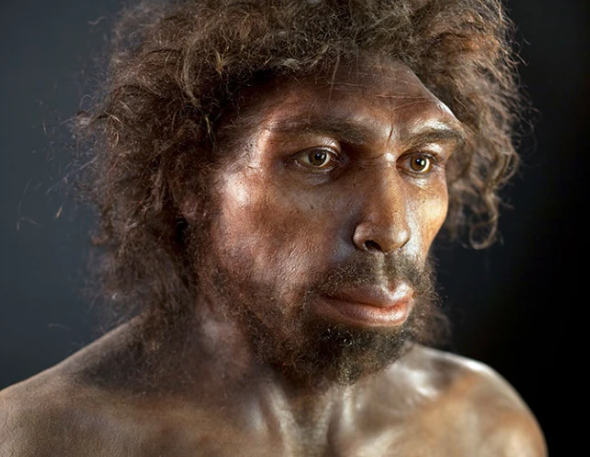According to information, analyzed with a new technique, first humans were in danger of extinction 900,000 years ago. They survived in a group of only 1280 people.
Genetic research shows that 900,000 years ago, African human ancestors were on the verge of extinction. The study, published in the journal Science, shows that the population of our ancestors was in serious decline long before our species Homo sapiens emerged. Only 1,280 breeding individuals were left, and it took another 117,000 years for the population to grow once more.
“About 98.7% of human ancestors were lost,” said Haipeng Li, a population geneticist at the University of Chinese Academy of Sciences in Beijing. He claims that between 950,000 and 650,000 years ago, the fossil record in Africa and Eurasia is spotty and that “the discovery of this bottleneck may explain the chronological gap.”
The modest number of the population intrigued Nick Ashton, an archaeologist at the British Museum in London who penned a related perspective. “This would imply that it occupied a very localized area with good social cohesion for it to survive.” he says. “Of greater surprise is the estimated length of time that this small group survived. If this is correct, then one imagines that it would require a stable environment with sufficient resources and few stresses to the system.”
Tips from contemporary DNA
The researchers had to create new tools in order to make their finding. Scientists’ knowledge of population estimates for the time after modern humans first appeared has improved because to advances in genome sequencing, but the researchers created a system that allowed them to fill in the blanks about earlier human forebears. Such research, according to Serena Tucci, an anthropologist at Yale University in New Haven, Connecticut, was desperately needed. “For a number of reasons, including methodological restrictions and challenges in extracting ancient DNA data from old Homo specimens, we still know very little about the population dynamics of early human ancestors.” she adds.
Using genetic information from contemporary people, the researchers’ method allowed them to reconstruct prehistoric population patterns. The researchers was able to investigate the finer branches of the tree with greater precision by creating a complicated family tree of genes, revealing major evolutionary events.
Stanley Ambrose, an anthropologist at the University of Illinois at Urbana Champaign said that “The technique put the spotlight on the period 800,000 to one million years ago -for which there is much unknown- in a way that hasn’t been done before.”
This was the Early-Middle Pleistocene Transition, a time of dramatic change in climate and prolonged and intensified glacial cycles. As a result, there were protracted droughts across Africa. According to Li, a new human species may have evolved as a result of the extinction of human forebears due to climatic change. It may have been both the ancestor of Homo heidelbergensis and a species ancestral to our own.
Pre-human population started to rise once more at 813,000 years ago. According to Ziqian Hao, a population geneticist at Jinan’s Shandong First Medical University and Shandong Academy of Medical Sciences, it is still unclear how our ancestors survived and what enabled them to thrive once more. Ashton also wants to see additional fossil and archaeological data to support the researchers’ claims.
